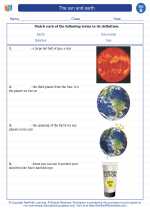Lubricant
A lubricant is a substance that is used to reduce friction between surfaces in mutual contact, which ultimately reduces the heat generated when the surfaces move. Lubricants can be solids, such as graphite and molybdenum disulfide, liquids such as oil or water, or semisolids such as grease. They are used in various applications including machinery, engines, and industrial equipment.
Types of Lubricants
There are different types of lubricants:
- Mineral Oils: Derived from crude oil, these are the most common type of lubricants and are used in a wide range of applications.
- Synthetic Oils: These are man-made lubricants with tailored properties for specific applications, such as high temperatures or extreme pressures.
- Greases: These are semisolid lubricants consisting of a base oil and a thickening agent, providing better adhesion and sealing properties.
- Solid Lubricants: Examples include graphite and molybdenum disulfide, which are used in extreme conditions such as high temperatures and pressures.
Properties of Lubricants
Lubricants have several important properties, including:
- Viscosity: The measure of a lubricant's resistance to flow. Higher viscosity lubricants are thicker and provide better protection under high loads and temperatures.
- Wear Protection: Lubricants form a protective film between moving surfaces, reducing wear and extending the life of the machinery or equipment.
- Corrosion Protection: Lubricants can prevent corrosion by displacing water and forming a protective barrier on metal surfaces.
- Temperature Stability: Some lubricants are designed to withstand extreme temperatures without losing their lubricating properties.
Importance of Lubricants
Lubricants play a crucial role in the smooth operation and longevity of machinery and equipment. They reduce friction and wear between moving parts, dissipate heat, and protect against corrosion. Proper lubrication can also improve energy efficiency and reduce maintenance costs.
Study Guide Questions
- What is the purpose of a lubricant?
- List and describe three types of lubricants.
- Explain the importance of viscosity in lubricants.
- How do lubricants protect against wear and corrosion?
- Why are lubricants important for machinery and equipment?
◂Science Worksheets and Study Guides Second Grade. The sun and earth

 Activity Lesson
Activity Lesson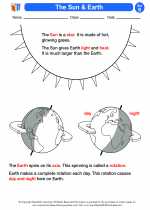
 Worksheet/Answer key
Worksheet/Answer key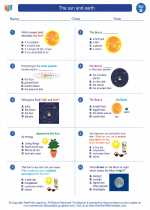
 Worksheet/Answer key
Worksheet/Answer key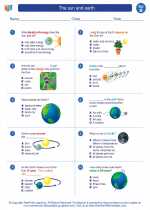
 Worksheet/Answer key
Worksheet/Answer key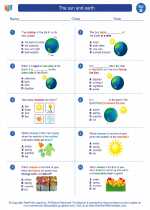
 Worksheet/Answer key
Worksheet/Answer key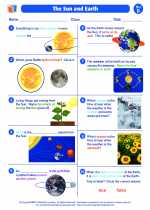
 Vocabulary/Answer key
Vocabulary/Answer key